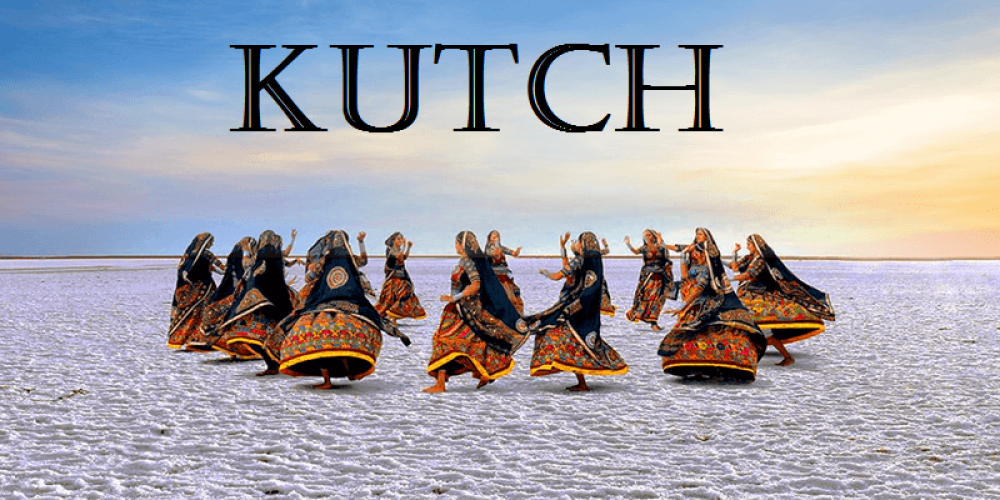

The district of Kutch, situated in the westernmost part of India within the state of Gujarat, is a mesmerizing blend of desert landscapes, rich cultural heritage, and vibrant craftsmanship. Known for its famous salt desert, the Rann of Kutch, the region has become synonymous with the Rann Utsav, a festival that showcases the local traditions and arts, drawing tourists from around the globe.
Tourism in Kutch has transformed significantly over the years. Traditionally, the region's economy was based on agriculture and small-scale industries, including Kutchi embroidery and handicrafts. However, the devastating earthquake of 2001 became a turning point for the region. As part of the rehabilitation effort, the Government of Gujarat, along with various NGOs, invested in developing the region's tourism potential to stimulate economic growth.
The inception of the Rann Utsav in the early 2000s marked the beginning of structured tourism in Kutch. This festival was designed not only to showcase the cultural richness of Kutch but also to regenerate interest in the area's traditional crafts and textiles. The festival has evolved into an annual three-month-long celebration, attracting tourists from across India and beyond.
The Rann of Kutch is a large area of salt marshes that span the India-Pakistan border and is one of the hottest areas of India. It's a vast white desert that offers mesmerizing sunsets and moonlit nights. During the full moon, the white desert shines in the night light, offering a surreal experience which has become a major tourist attraction. The beauty of the Rann is unmatched, and the Rann Utsav has boosted the popularity of this natural wonder.
Apart from the natural beauty, Kutch is renowned for its intricate handloom weaving, bandhani tie-dye work, block printing, and the world-famous Kutch embroidery. The skill and artistry of local artisans have been passed down through generations. The promotion of these crafts through tourism has helped preserve these practices and provide economic support to the artisans.
The villages of Kutch are also steeped in tradition, and community-based tourism has become increasingly popular. Tourists are able to stay in local homestays and experience the lifestyle of the Kutch people. This form of tourism supports the local economy and fosters cultural exchange.
Kutch is also home to diverse ecosystems, including the famous Wild Ass Sanctuary located in the Little Rann of Kutch. The sanctuary supports a variety of wildlife, particularly the endangered Indian wild ass, as well as numerous bird species, drawing nature enthusiasts and wildlife photographers.
More recently, there has been a growing interest in responsible and sustainable tourism in Kutch. Visitors are increasingly conscious of their environmental footprint and seek out experiences that are ethical and eco-friendly. Further, tourism ventures are focusing on minimizing negative impacts on the environment and the local communities.
Digital technology has also influenced tourism in Kutch. With online bookings and virtual tours available, it has become easier for tourists to plan their trips and discover off-the-beaten-path attractions, enhancing the overall travel experience.
The colorful vistas of Kutch, its diverse history, and the hospitality of its people continue to make it a fascinating tourist destination that appeals to adventure seekers, culture enthusiasts, and nature lovers alike.